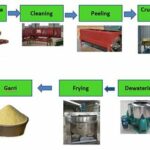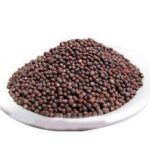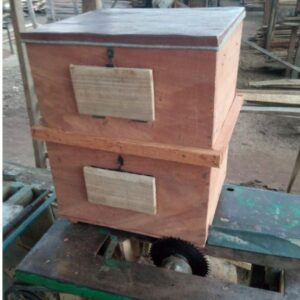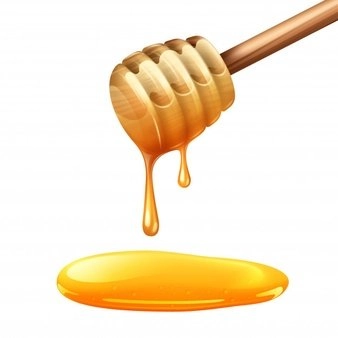Beeswax (Cera alba) is a natural wax produced by honey bees of the genus Apis. The wax is formed into scales by eight wax-producing glands in the abdominal segments of worker bees, which discard it in or at the hive.
Production
Beeswax is a naturally occurring wax produced in the bee’s hives by honeybees (A. mellifera). Glands under the abdomen of the bees secrete this wax and it is used to build the honey-comb. There are eight glands in the bee abdominal segment (4–7) of female worker bees that produce the wax. The wax is recovered as a by-product when honey is harvested and refined.
- The quality of wax depends greatly on the method of production. Basically, two methods are used for wax extraction—melting and chemical extraction—with melting being more frequently used.
- Beekeepers can, however, produce raw beeswax by directly heating in the sun 2–3 times daily. This is a simple and cheap method of producing quality wax.
- To produce high-quality wax, melting honeycombs is the preferred method. This can be achieved by boiling the combs in water in stainless steel containers before separating the pure yellow wax from the comb residue.
- Generally, unhydrolyzed beeswax contains hydrocarbons (15%), esters (71%), free acids (8%), and other compounds (6%).
Uses
Beeswax is used for the making of wax foundations, and commercially beeswax has many applications, including candle making, metal castings, and modeling, in cosmetics, food processing, industrial technology, textiles, varnishes, and polishes.
Please note that the product may vary from the image displayed.
























Reviews
Clear filtersThere are no reviews yet.